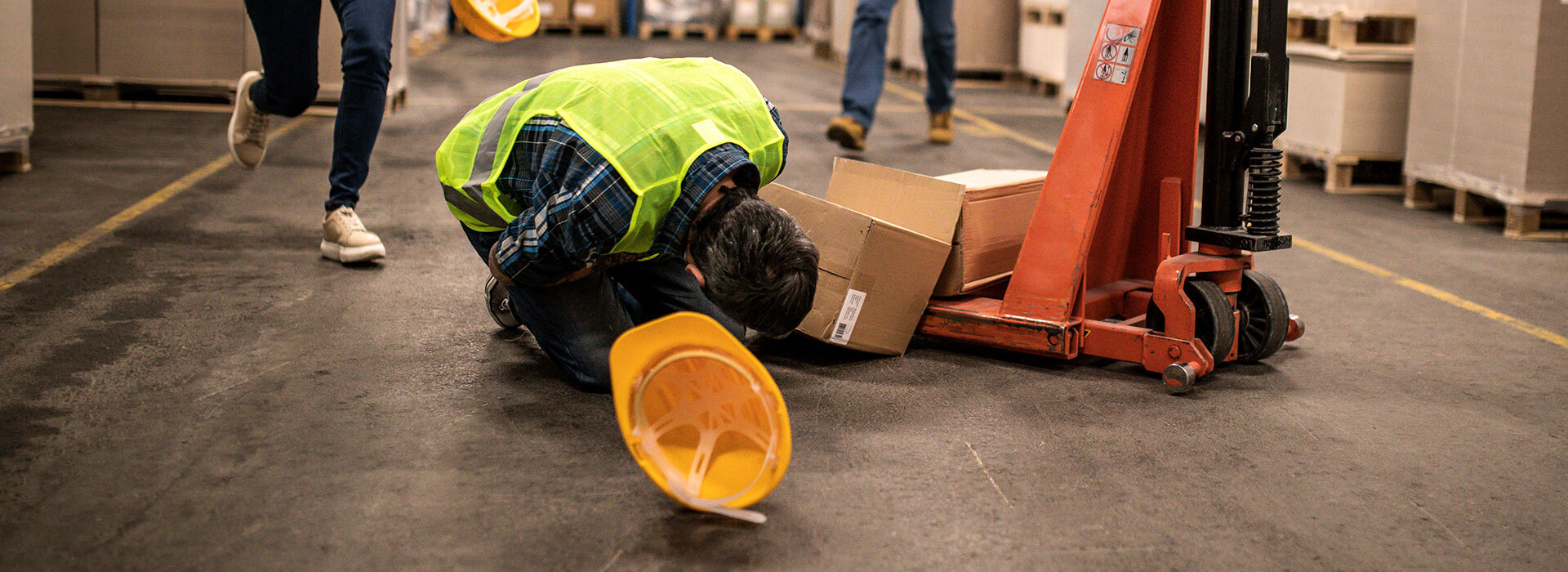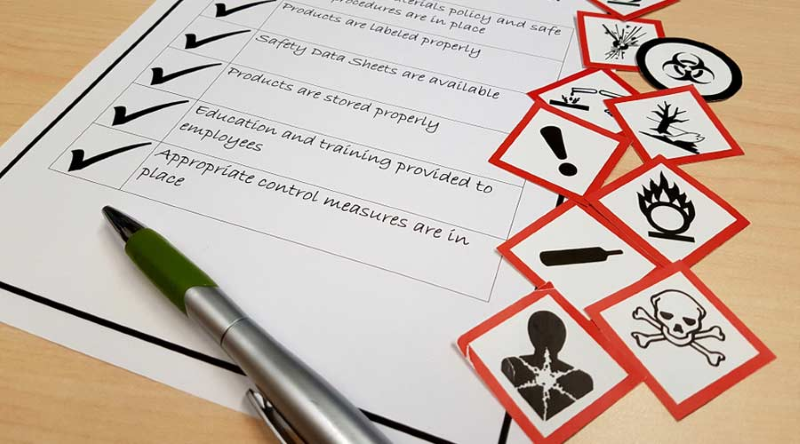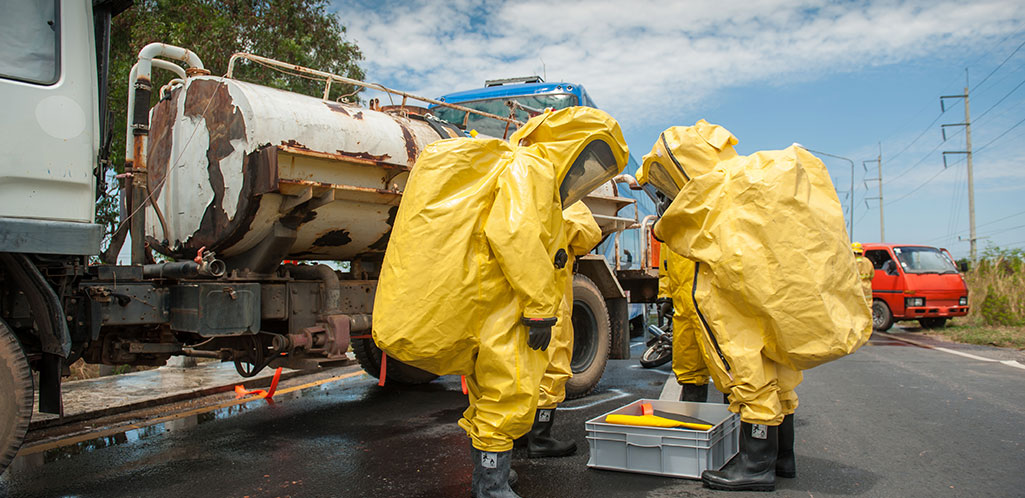
31 May 2024
“Accurate OSHA recordkeeping is not just about compliance; it’s about creating a safer workplace. When employers meticulously track and analyze incidents, they can implement targeted interventions that significantly reduce the risk of future injuries.”
States Luigi, a Safety Manager at a Manufacturing company with over 20 years of experience.
Whether you're a small business owner or managing a high-risk industry, understanding these regulations is paramount for workplace safety. In this user-friendly article, we break down OSHA 300 reporting requirements, providing clear explanations and actionable tips to ensure OSHA recordkeeping compliance.
From documenting injuries to implementing proactive safety measures, we've got you covered. Let's dive in!
Understanding OSHA 300 Log Requirements
OSHA recordkeeping requirements mandate that most employers maintain detailed records of work-related injuries and illnesses. Exemptions apply to small employers with 10 or fewer employees and certain low-risk industries. However, high-risk sectors like manufacturing, construction, and healthcare must complete OSHA forms (OSHA Form 300, OSHA Form 300A, and OSHA Form 301) and report serious incidents such as fatalities and severe injuries within specified timeframes.
Employers must record incidents resulting in death, loss of consciousness, days away from work, restricted activity, or medical treatment beyond first aid, including specific cases like needle-stick injuries and hearing loss. Sensitive cases should be labeled as "privacy cases" to protect employee confidentiality. Additionally, some employers must submit Form 300A data electronically and post the annual summary from February 1 to April 30, keeping all records for at least five years.
Statistics and Case Study: Highlighting Workplace Risks and Consequences
In 2019, the Bureau of Labor Statistics reported a staggering 2.8 million nonfatal workplace injuries and illnesses among private industry employers, shedding light on the pervasive risks employees face.
Source: Bureau of Labor Statistics
The case of Air Starter Components Inc., underscores the critical importance of adhering to safety standards and promptly addressing identified hazards to protect workers and avoid severe penalties. The Houston-based manufacturer was cited by the U.S. Department of Labor for failing to address safety hazards that led to an employee's finger amputation in March 2022.
A follow-up OSHA inspection in March 2023 revealed that the company continued to operate equipment without required safety guards and failed to correct previously identified hazards. OSHA identified 16 violations, including issues with unadjusted bench grinders, unposted 2022 injury and illness logs, unsafe spray booths, and improperly used electrical equipment. These violations resulted in proposed penalties totaling $298,250.
Source: OSHA News Release - Region 6
Key Takeaways
Classifying Recording Criteria
Employers must record work-related injuries and illnesses that result in:
- Death
- Loss of consciousness
- Days away from work
- Restricted work activity or job transfer
- Medical treatment beyond first aid
Additionally, certain cases such as needle stick injuries, hearing loss, and tuberculosis infections must be recorded.
Three OSHA recordkeepinging logs
Form 300 - Log of Work-Related Injuries and Illnesses
It is used to record specific details about each work-related injury or illness.
Form 300A - Summary of Work-Related Injuries and Illnesses
A summary of the total incidents recorded on Form 300, to be posted publicly at the end of each year.
Form 301 - Injury and Illness Incident Report
It provides detailed information about each individual incident.
Correctly Determining Work-Related Injuries and Illnesses
An injury or illness is considered work-related if an event or exposure in the work environment either caused or contributed to the condition or significantly aggravated a pre-existing condition.
Common Mistakes in OSHA 300 Recordkeeping and Their Consequences
A significant issue in OSHA 300 recordkeeping is that the majority of people often incorrectly classify injuries on OSHA Form 300.
For example, in-patient hospitalization is frequently misclassified as “lost time” and further as "Days away from work" on the OSHA 300 form but it actually DOES NOT fit into any standard category on the form.
This common mistake can lead to inaccuracies in safety records, potential regulatory issues and, as we have seen in the example case above, heavy penalties.
OSHA Penalties
Penalties imposed by OSHA serve as a deterrent for non-compliance. As of January 15, 2024, maximum penalty amounts for various violations have been adjusted for inflation. These penalties include fines for serious OSHA 300 violations, failure to meet posting requirements, failure to abate violations, and willful or repeated violations. It's essential for employers to adhere to these OSHA 300 recordkeeping requirements to avoid penalties and ensure workplace safety.
Reference: OSHA Memo, Jan. 8, 2024
Navigating the complexities of OSHA 300 recordkeeping can be daunting, with nuanced rules and specific classifications that are easy to misinterpret. This is where OSHEPRO can make a real difference.
About OSHEPRO
Accident Management and Loss Analysis (AMLA) is one of the applications at OSHEPRO that automates the recordkeeping process, ensuring that injuries and illnesses are accurately classified according to OSHA standards for various industries. It also helps efficiently document near-misses and various hazards, supports thorough incident investigations, and manages corrective actions.
By streamlining OSHA 300 log recordkeeping data collection and documentation, OSHEPRO not only saves time but also reduces the risk of costly errors, helping your organization stay compliant effortlessly.
Additional Resources
For more detailed information, visit the official OSHA website: https://www.osha.gov/recordkeeping
















.png)



.png)


.png)




.jpg)









